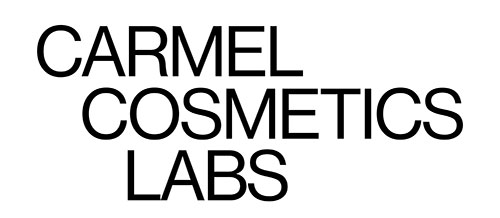Step 1: Stability Testing
The first step in our quality assurance process is stability testing. This ensures that your products maintain their effectiveness and quality throughout their shelf life. Stability testing involves storing products in controlled environmental conditions to simulate different climates and storage scenarios.
Why It Matters: By exposing products to various temperatures and humidity levels, we can understand how factors like heat, cold, and moisture affect the product's stability, texture, and efficacy. This step is crucial to ensure that your products remain consistent and reliable over time.
How It’s Done: Products are placed in climate stability chambers with settings adjusted to different temperatures and humidity levels. Over time, we monitor any changes in the product’s properties to ensure long-term stability.

Step 2: Microbiological Testing
Next, we perform microbiological tests to ensure that no harmful microorganisms or pathogens are growing in your products. This step is vital to ensure they are safe for consumer use and free from contamination.
Why It Matters: Contaminated products can cause serious health issues, including infections and allergic reactions. Ensuring that products are free from bacteria, yeast, and mold is essential for consumer safety.
How It’s Done: Using sterile techniques, samples are taken and transferred onto culture media plates that are incubated to detect any microbial growth. Advanced equipment is used to identify and quantify any contaminants.

Step 3: Efficacy Testing
We also carry out efficacy tests to ensure that your products deliver the promised results to your customers. This involves applying the product to skin models or using instrumental methods to measure its effectiveness.
Why It Matters: Efficacy testing helps verify that your products perform as advertised, which is crucial for customer satisfaction and trust. It measures various parameters such as hydration levels, wrinkle reduction, and skin brightness.
How It’s Done: Products are applied to simulated skin models or tested using instruments like cutometers (for measuring skin elasticity) and spectrophotometers (for assessing skin brightness). Data is recorded and analyzed to ensure the product meets its claims.
Step 4: Compatibility and Skin Tolerance Testing
Finally, we conduct compatibility and skin tolerance tests to ensure that your products are gentle on the skin and suitable for all skin types. This step ensures that even those with sensitive skin can use your products without issues.
Why It Matters: Products must not only be effective but also safe and non-irritating. Ensuring compatibility and skin tolerance helps avoid negative reactions that could harm users and damage your brand’s reputation.
How It’s Done: Patch tests and other dermatological assessments are conducted on volunteers or in vitro models. This helps us evaluate the potential for irritation or allergic reactions.
Conclusion
Quality testing is a comprehensive process that ensures your cosmetic products are safe, effective, and reliable. By following these steps, you can be confident that your products will meet consumer expectations and regulatory standards. If you have any questions about our testing methods, feel free to ask in the comments. Stay tuned for more insights and tips

